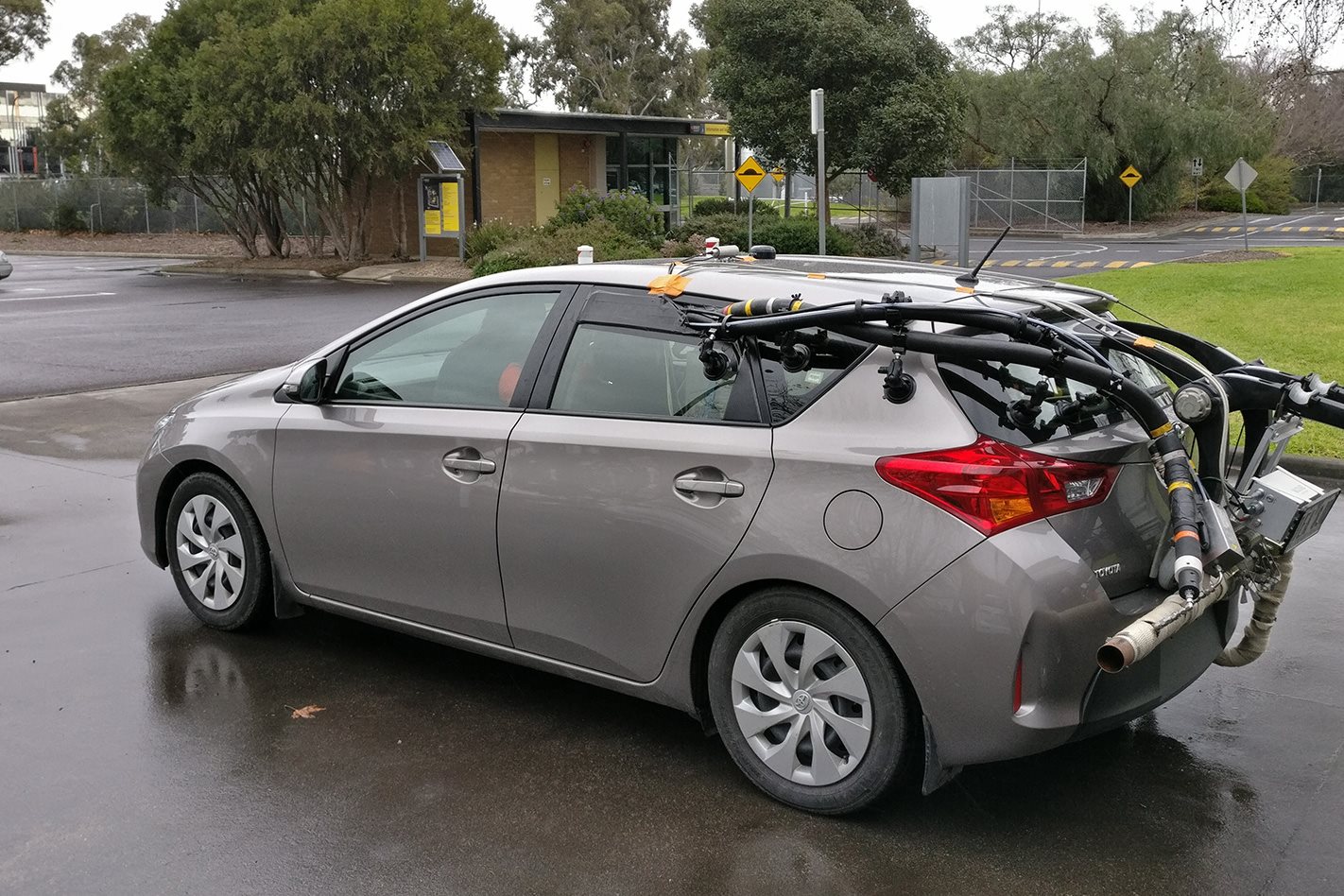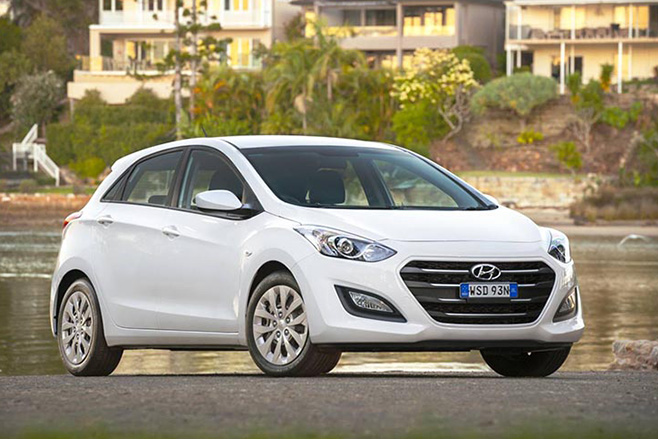
Some of Australia’s best-selling passenger cars and trade utes will be independently rated for fuel efficiency as part of a test to see if the carmakers’ claims live up to reality.
The Australian Automobile Association, which represents state and territory-based motoring interest groups such as the RACQ, NRMA and RACV, says it will spend $500,000 testing about 30 of the most popular models on sale to rate their real-world fuel use. The cars and trade utes will also be tested against their official emissions benchmarks.
“In the wake of the Volkswagen scandal and subsequent concerns raised about other vehicle makers and lab-based emissions testing, the AAA has decided to test the on-road emissions of a number of Australia’s top selling vehicles,” the group’s chief executive, Michael Bradley, said.

“It’s fallen to the AAA to do this on behalf of Australian motorists because the Australian government does no testing to ensure car manufacturers comply with emissions regulations of the Australian Design Rules.
“And because our government relies on lab testing done internationally, we do not know the real-world level of emissions produced by most models sold in Australia.”
Real-world fuel use figures can be up to 20 percent higher than the official numbers supplied to the government by car companies, calling the validity of Australia’s fuel rating system into question when owners fall far short of the posted numbers.
Some carmakers have scrambled to bring their models into line ahead of the introduction of stricter Euro 5 emissions standards for all vehicles sold in Australia due late this year, while others have already adopted Euro 6 standards – which cut emissions in half again – that are in force in key new-car markets overseas.

According to the Department of Infrastructure and Regional Development, which officially signs off on the fuel efficiency figures supplied by carmakers, the numbers are based on “standardised tests conducted in carefully controlled conditions in specialised vehicle emission laboratories”.
“Although no test can simulate all ‘real world’ conditions, labelling does provide a common basis for comparison of individual vehicle models,” it says.
A vehicle emissions subject paper released earlier this year warns that Australia’s emissions standards risk falling behind the US and Europe as the gap widens between our less-stringent emissions benchmarks and those introduced overseas.
However, there’s an extra sting in the tail: because Australia lags the rest of the world in fuel quality – and important part of cleaner, greener emissions – the only OECD country reported to have a lower petrol quality than Australia, based on sulphur limits, is Mexico.

The report notes that carmakers have also raised concerns with the government that in the absence of any changes to Australian fuel quality standards for petrol, the gap in standards between us and the rest of the world “may affect the performance and durability of emissions control systems”.
In other words, our dirty fuel may break your car.
HOW GREEN ARE OUR TOP 15 BEST-SELLERS?
| Rank | Brand | Sales* | Fuel use*** | Emissionsu00a0(L/100km, combined)(g CO2/km)u00a0**u00a0 |
| 1. | Hyundai i30 | 25,073 | 4.6-7.7 | 125-179 |
| 2. | Toyota HiLux | 24,073u00a0 | 7.1-12.0 | 186-277 |
| 3. | Toyota Corolla | 23,971 | 4.1-7.0 | u00a096-162 |
| 4. | Mazda 3 | 21,589 | 5.0-6.5 | 129-152 |
| 5. | Ford Ranger | 21,073 | 6.6-9.6 | 172-256 |
| 6. | Holden Commodore | 15,223 | 8.3-13.1 | 198-304 |
| 7. | Mazda CX-5 | 14,526 | 5.7-7.4 | 144-172 |
| 8. | Mitsubishi Triton | 14,494 | 7.0-10.9 | 185-254 |
| 9. | Volkswagen Golf | 12,459 | 4.7-7.3 | 124-170 |
| 10. | Toyota Camry | 12,077 | 5.2-7.9 | 121-183 |
| 11. | Toyota RAV4 | 11,553 | 5.7-8.5 | 149-198 |
| 12. | Holden Colorado | 11,386 | 7.6-12.5u00a0 | 202-259 |
| 13. | Mazda CX-3 | 11,116 | 4.8-6.7 | 125-160 |
| 14. | Hyundai Tucson | 11,106 | 6.4-8.2 | 169-190 |
| 15. | Nissan X-Trail | 10,417 | 5.3-8.3 | 139-192 |
*Sales to July 31, 2016. **Green Vehicle Guide **



